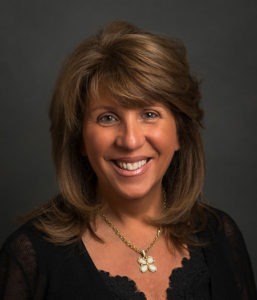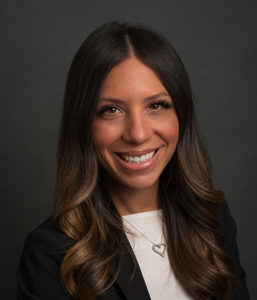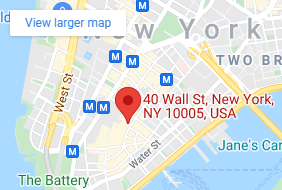Category: Scoliosis

Our client suffers from scoliosis that was not timely diagnosed by her pediatrician, who we say did not properly perform evaluations and follow-up treatment for this condition during our client’s regular check-ups. We requested our client’s medical chart from the pediatrician’s office, but we were provided limited documentation with few
Scoliosis, a curvature of the spine that can affect growth and development, is treatable in a variety of ways, including through the use of back braces and surgery. Making the proper diagnosis of Scoliosis is important, as is determining the degree of the curvature, as this information is utilized in
Scoliosis is a curvature of the spine, and the cause of most cases of scoliosis is indeterminable. Though certain developmental disabilities (such as cerebral palsy) are associated with a higher risk of developing scoliosis, most cases do not present with any other pathology. Most cases of scoliosis are fairly mild,
Every parent fears their child will suffer a devastating injury, and we do all we can to keep our children safe. We imagine traumatic injuries, such as broken arms and concussions. But sometimes, a child will have an underlying condition, and nothing the parent does can protect them from it.
Scoliosis remains underdiagnosed in teenagers and children in America. This is particularly problematic because many of the less invasive treatments, including the use of back braces to correct the spine curvature, are less effective for adults. Doctors and nurses frequently miss the symptoms during physicals, even though scoliosis is more
Scoliosis is a debilitating disease that can cause serious disability. Unfortunately, the causes of the disease are not completely understood. Doctors commonly understand scoliosis as having four causes, and those causes are: Congenital scoliosis, for those who are born with the disease Neuromuscular scoliosis, caused by identifiable nerve or muscle
After a two week trial in New York State Supreme Court, Nassau County, on October 28, 2014, a jury found that a Pediatrician was negligent and committed medical malpractice in failing to diagnose scoliosis in a young girl. The jury awarded the now 17 year-old Plaintiff $2,200,000 in damages. The



























